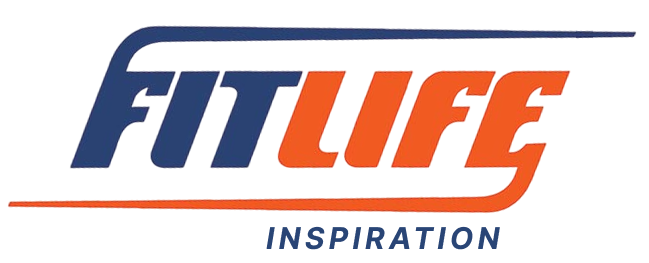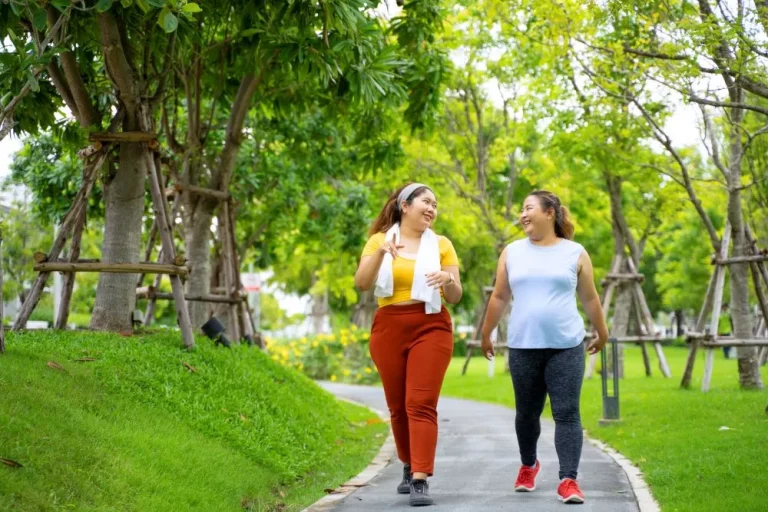Humans are capable of, and familiar with, change. As we experience life, we grow and change—not just physically, but mentally, emotionally, socially, intellectually and spiritually, as well. At first glance, the idea of changing a behavior may seem simplistic because humans are adaptable and change frequently, even when we aren’t conscious of it.
If we take a more microscopic view, however, changing health behaviors becomes a complex and progressive experience influenced by a number of factors. Behavior change is inherently challenging because lifestyles evolve for various reasons over the course of many years, and people behave the way they do because their behaviors “work” for them and suit their lifestyles. It’s not easy to change a behavior or a set of behaviors without some element of struggle because our behaviors are influenced by friends, family, work, stress, sleep, environment, life experiences, general health and countless other factors.
What Behavior Change Isn’t
Behavior change is a goal-driven process, not a singular event. For this reason, changes in health behavior are rarely achieved or maintained without effort. Meaningful and sustainable behavior change occurs in stages or phases. How long this process takes is unique to each person—there’s no finite or research-based “due date” for change. Further, behavior change is nonlinear. This means that it is normal, common and even expected for an individual to move back and forth between different stages. And, while lapses are part of the process, they should not be viewed as reasons to give up and abandon the ultimate goal or adopt an “I’ve failed” mindset.
Behavior Change and the Connection to Physical Activity and Movement
Getting moving and continuing to move, like behavior change, is a goal-driven process. How physical-activity goals are accomplished relates to the daily behaviors and choices a person makes. These choices will either support or detract from the journey.
For example, consider a person who has a goal of being physically active for 30 minutes each day. There are specific behaviors and choices that will support the accomplishment of this goal. Supportive behaviors and choices may include getting enough quality sleep, staying properly hydrated, eating nutrient-dense foods and setting aside the necessary block of time to exercise. By contrast, if this person chooses to get minimal sleep and consume less-nutritious foods (chips, cookies, fried foods, etc.), they likely will not feel energized and motivated enough to be active. Choices such as these will detract from the overall goal. As a result, this person would likely experience frustration and disappointment. Changing behaviors and making the healthy choice the easy choice is key to getting (and staying) active.
Steps You Can Take to Make Positive Change
Remember, making behavioral changes and becoming more physically active are goal-driven processes.
First, identify a long-term or product goal (what you want to accomplish in six to 12 months) and two or three short-term or process goals (things that are more immediately achievable and will lead you to the long-term goal). Short-term process goals should be related to the behavior and the choices you will make. With these goals, making the desired choice or performing a desired behavior accomplishes the goal, versus goal attainment being based on an outcome (e.g., weight loss). Consider this example:
Long-term product goal: I will run my first 5K race in six months.
Short-term process goals that support the achievement of the long-term goal may include the following:
Starting next week, I will complete 20 minutes of running on Tuesdays, Thursdays and Saturdays and increase my duration by 10% each week.
I will eat three servings of fruits and veggies daily.
Starting in week 3, I will perform resistance training focusing on total-body exercises on Mondays and Wednesdays each week.
Your long-term and short-term goals may differ from this example, but the key point to remember is to set goals that are SMART (specific, measurable, attainable, relevant and time-bound) and that focus on changing behaviors rather than a product or outcome. If weight loss is a desire, and for many it is, changing behaviors and making healthier choices will naturally result in improved health metrics such as weight and body composition.
Second, journal your progress and behavioral choices. While this might seem daunting, journaling is an effective way to self-monitor, as it allows you a consistent opportunity to reflect upon and address such points as:
- If the weekly goal was achieved
- Barriers you encountered
- How you overcame those barriers
- What behaviors or choices you made that supported (or detracted from) your weekly goal
- Steps you’ll take for the following week to continue to support your efforts
Third, plan for high-risk situations. High-risk situations are instances or events in which you are tempted to make choices that may not support what you’re trying to accomplish (e.g., travel, pastries in the break room, holiday parties, and event gatherings where high-calorie foods and drinks are served). Create a plan for staying on track during these times and identify strategies you can use to help yourself.
Fourth, identify individuals in your network who can provide social support, additional motivation and structure to your change process. Enlist the help of a spouse, friend, neighbor, colleague or other supportive individuals who you can talk to about your change journey and physical-activity goals. This helps keep you accountable and provides you with a sounding board with whom to share successes and stumbles.
Finally, keep track of your food intake (not calorie for calorie, necessarily, but items of food/quality of food), hydration, stress level and sleep quality. Without tracking, we aren’t able to identify patterns of behavior that may be influenced by outside stressors or factors. We tend to make less conscious choices when we aren’t holding ourselves accountable. Research different apps that might help you in this process.
Becoming regularly physically active requires making healthy choices to support the effort it takes to achieve that goal. To make healthy, conscious choices, engaging in behaviors that facilitate making the most reasonable and supportive choice is essential. For many, this means implementing meaningful changes to develop new habits. The process is challenging, but behavior change is the path forward to a fit and active life.
If you are interested in learning more about how to use behavior-change strategies to help clients add more movement to their lives, check out this new ACE continuing education course: Mindful Movement: Coaching Clients to Become More Physically Active (worth 1.2 CECs). Through this course, you will learn new coaching techniques and be provided with tools and resources that will help you empower your clients to find purpose and enjoyment in movement.



